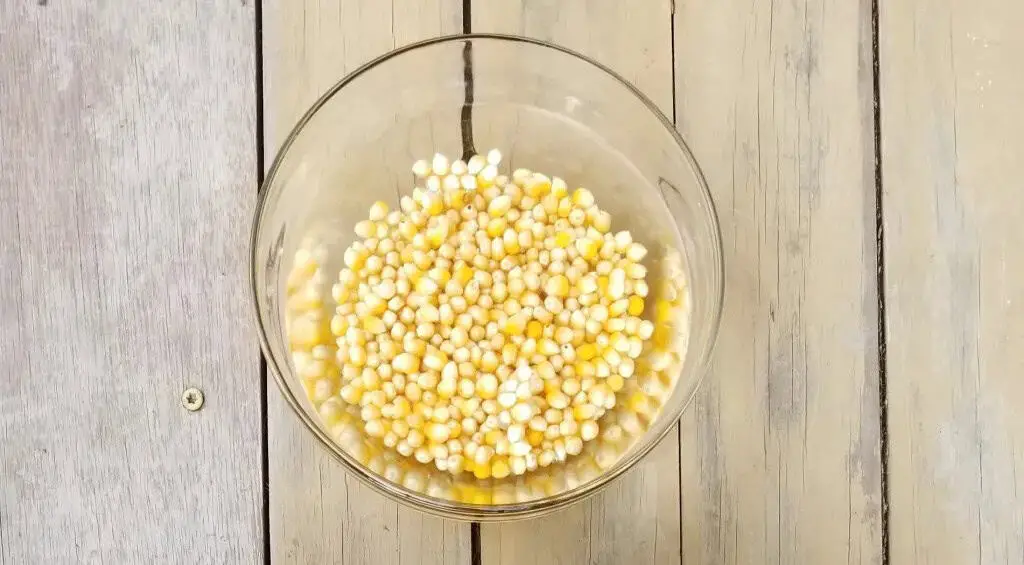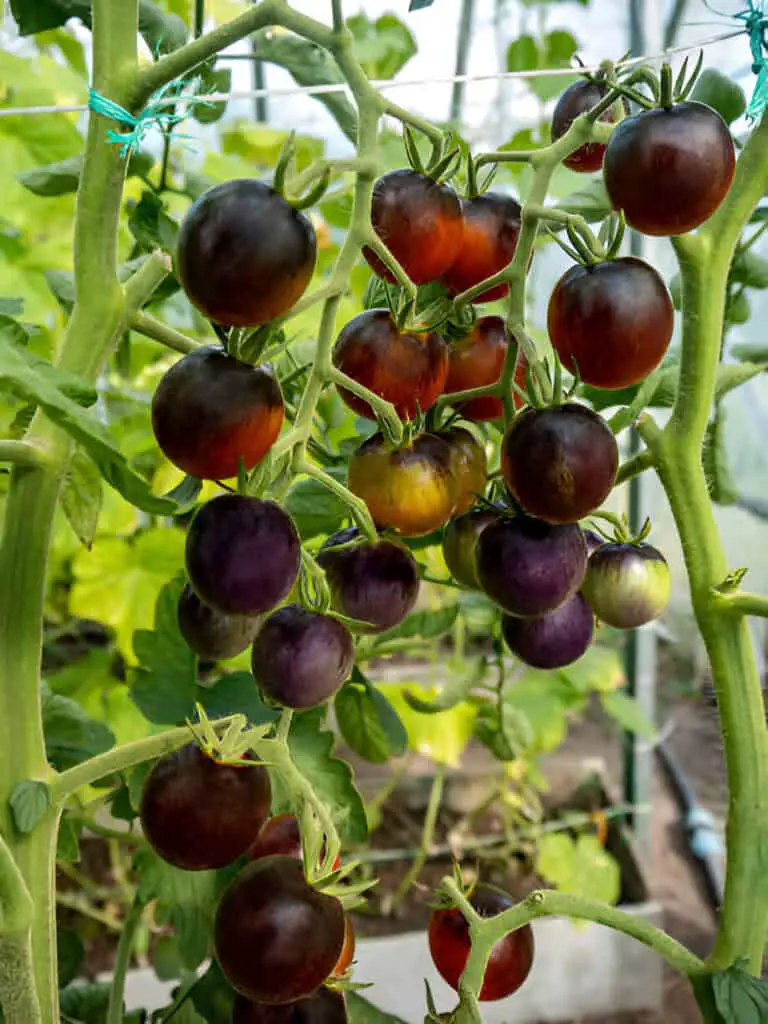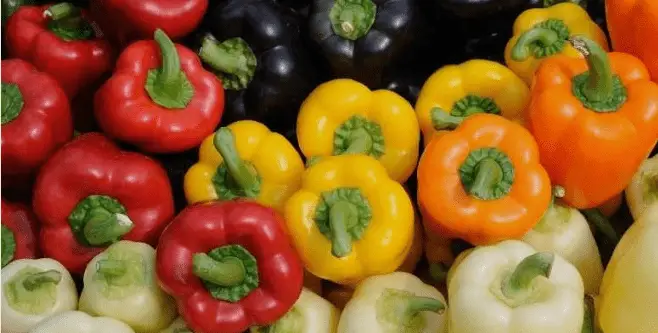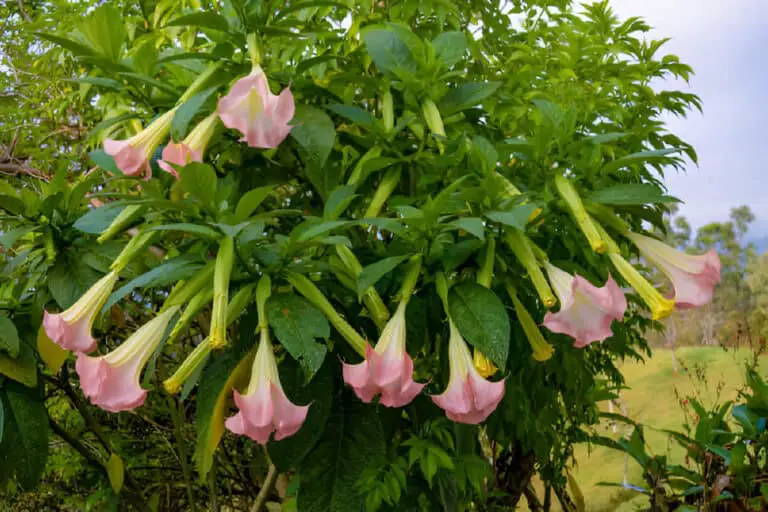Can I Soak Corn Seeds Before Planting? Here’s What Happens

Gardening has always felt like a form of cooking to me—preparation is everything. Just like how marinating meat or soaking beans can make or break a dish, the steps you take before planting can set the stage for a fruitful harvest. When I decided to grow corn in my backyard for the first time, I was both excited and nervous. Corn is a big commitment in the garden, so I needed to get it right.
One of the first questions that popped into my mind was: “Can I soak corn seeds before planting?” It turns out, soaking corn seeds is a common practice, but there’s a lot more to it than just dunking them in water.
You might be wondering: why soak corn seeds at all? Is it really necessary for the seeds to thrive, or is it just a time-saver for impatient gardeners like me? I’ve spent hours researching the best way to plant corn, and soaking the seeds plays a bigger role than most people realize. The truth is, it can help the seeds germinate faster, ensuring your corn plants get a strong start.
In this post, I’ll walk you through why soaking corn seeds can improve your garden’s success rate and how you can do it properly. By the end, you’ll feel confident in your planting approach, knowing that you’ve taken every step to give your corn seeds the best possible chance. Whether you’re a first-time gardener like me or a seasoned pro, the benefits of soaking corn seeds are definitely worth considering.
Why Soak Corn Seeds?
Soaking corn seeds before planting can be compared to giving them a little wake-up call. When you soak seeds, you’re essentially kickstarting the germination process. Think of it as setting the stage for a grand performance – by softening the seed coat and allowing water to penetrate, you’re helping those little kernels get ready to burst into life.
For me, soaking corn seeds feels like preparing the soil to be more than just a stage but an inviting environment. When I soak my seeds, I imagine them waking up, stretching out their roots, and getting ready to push through the soil with purpose. It’s a small step that can lead to a big payoff, especially if you’re eager to get your corn growing faster.
The Benefits of Soaking Corn Seeds

So why bother soaking your corn seeds in the first place? Here are a few benefits that have made me a fan of this practice:
- Faster Germination: Soaking can speed up germination, which means you’ll see those first sprouts sooner. It’s like getting a jumpstart on the growing season.
- Improved Uniformity: When you soak seeds, you help ensure that they germinate more evenly. This leads to a more consistent crop, which is especially important if you’re planning to grow a large amount of corn.
- Better Water Absorption: By soaking the seeds, you ensure they have absorbed enough water to break through their tough outer shell. Imagine trying to run a marathon without hydrating first – it’s the same idea.
For me, the biggest advantage is simply getting to see those little shoots pop up sooner. It’s like planting a flag of victory in the soil, knowing that your efforts are paying off.
How to Soak Corn Seeds: A Step-by-Step Guide
Now that you know why you might want to soak your corn seeds, let’s get down to the nitty-gritty of how to do it. Here’s my tried-and-true method:
- Gather Your Seeds: Start with fresh, viable corn seeds. The fresher, the better – think of it like using fresh ingredients in a recipe.
- Warm Water Bath: Fill a bowl with warm water. I usually aim for water that’s about the temperature of a warm bath – not too hot, not too cold.
- Soak the Seeds: Place the seeds in the water and let them soak for 8 to 12 hours. You don’t want to overdo it – soaking too long can actually cause the seeds to rot. I usually soak mine overnight and plant them first thing in the morning.
- Drain and Plant: After soaking, drain the water and plant your seeds immediately. Don’t let them sit around, or they might start to dry out.
Does Soaking Really Make a Difference?
I’ve heard some gardeners say that soaking corn seeds is like gilding the lily – unnecessary and possibly even harmful. But in my experience, it does make a difference, especially if you’re dealing with older seeds or planting in dry conditions. Here’s a little comparison table I put together based on my own gardening adventures:
| Factor | Soaked Seeds | Unsoaked Seeds |
| Germination Speed | Faster (5-7 days) | Slower (7-10 days) |
| Uniformity | More even | Less consistent |
| Drought Resistance | Better start in dry conditions | Slower start, may struggle in dry soil |
| Risk of Rot | Slightly higher if over-soaked | Lower, but slower overall |
As you can see, soaking can speed things up and improve uniformity, but it’s not without its risks. If you soak the seeds for too long or don’t plant them right away, you might end up with mushy, rotten kernels instead of thriving corn plants. It’s a bit like leaving pasta in boiling water for too long – it turns from al dente to a soggy mess.
| Related: Should You Soak Zinnia Seeds Before Planting? |
When Not to Soak Corn Seeds
There are times when soaking corn seeds might not be the best option. For example, if you’re planting in particularly wet soil, soaking could make the seeds more susceptible to rot. In my garden, I skip the soak if we’ve had a lot of rain or if the soil is already quite moist.
Another scenario where I might skip soaking is when I’m planting in a cooler climate. Corn seeds prefer warm soil, so if you’re planting early in the season or in a cooler region, soaking might not be worth the risk. Instead, I’d focus on ensuring the soil is warm enough (at least 60°F) before planting.
The Science Behind Soaking
For the science buffs out there, soaking seeds helps initiate the germination process by hydrating the embryo inside the seed. This process triggers the seed to begin sprouting, as water is essential for the enzymes that break down stored food within the seed, providing energy for growth.
When you soak the seeds, you’re basically telling them, “Hey, it’s time to wake up and start growing!” The water helps soften the seed coat, which can be especially beneficial for seeds with tougher exteriors like corn.
Alternatives to Soaking
If soaking doesn’t seem like the right fit for you, there are other methods to help speed up corn germination. One technique I’ve used is pre-sprouting the seeds. This involves placing the seeds on a damp paper towel, folding it over, and keeping it in a warm spot until the seeds begin to sprout. Once you see little roots emerging, you can plant them directly in the soil.
Here’s a quick list of alternatives to soaking:
- Pre-sprouting: Start the germination process before planting.
- Direct Sowing: Plant seeds directly in warm, moist soil.
- Using Seed Starters: Plant in seed trays with consistent moisture and warmth.
My Personal Take on Soaking Corn Seeds
So, can you soak corn seeds before planting? Absolutely. Should you? That depends on your specific gardening situation. For me, soaking has become part of my planting ritual, especially when I’m eager to get the season started or when I’m dealing with older seeds. It’s like giving my corn a little boost, helping it get off to a strong start.
That said, I’ve also had success without soaking, particularly in years when the weather has been just right, and the soil has been naturally warm and moist. In those cases, I’ve let nature take its course, and the corn has still grown tall and strong.
In the end, soaking is just one tool in the gardener’s toolbox. It’s not a magic bullet, but it can make a difference under the right circumstances. Understanding the ingredients and knowing when to tweak the method to suit your needs is crucial, just like any good recipe.
Final Thoughts: To Soak or Not to Soak
If you’re considering soaking your corn seeds, I say give it a try. It’s a simple step that can potentially lead to faster germination and a more uniform crop. Just be mindful of the conditions – if the soil is wet or the weather is cool, you might want to skip the soak and focus on other aspects of your planting strategy.
At the end of the day, gardening is all about experimentation. Try soaking your seeds one year and planting them dry the next. Pay attention to the results, and soon you’ll have your own tried-and-true method for growing the best corn around.
Happy planting!






